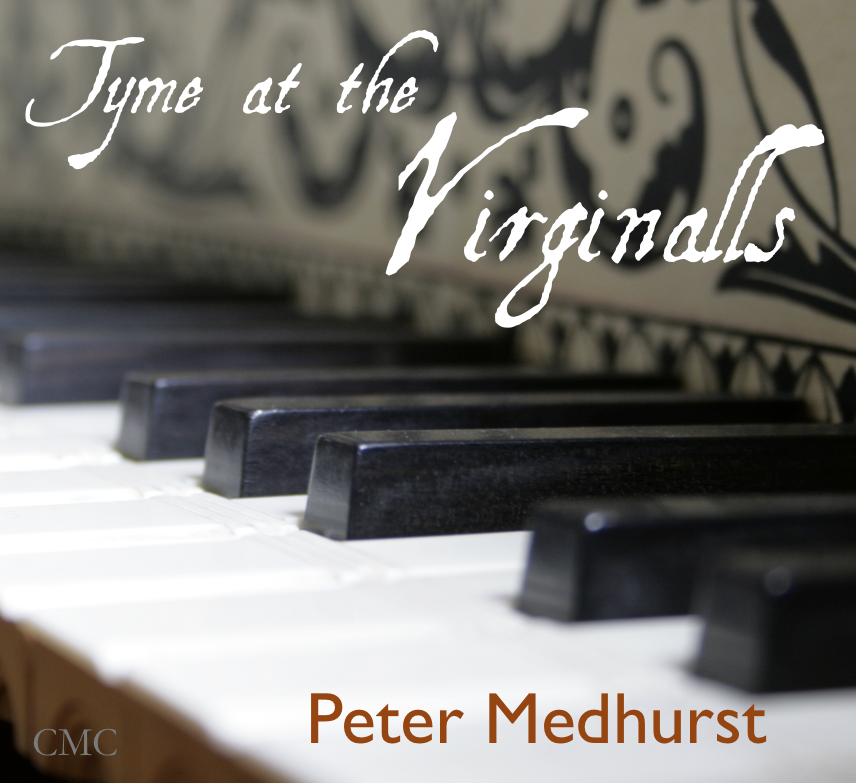The Romantic Spirit: music and the arts of early 19th century Germany
 It was largely due to the impact of the Napoleonic wars that Germany finally established an artistic and cultural identity and became one of the leading figures in the early 19th century Romantic Movement. Peter Medhurst explores the effects that these wars had on writers, artists and musicians, including Goethe, Friedrich, Weber & Mendelssohn.
It was largely due to the impact of the Napoleonic wars that Germany finally established an artistic and cultural identity and became one of the leading figures in the early 19th century Romantic Movement. Peter Medhurst explores the effects that these wars had on writers, artists and musicians, including Goethe, Friedrich, Weber & Mendelssohn.
Music performed may include: excerpts from Der Frieschütz – CM von Weber, Wenn ich ein Vöglein wär – CM von Weber, Die beiden Grenadiere – R Schumann, Bei der Wiege – F Mendelssohn, extracts from An die ferne Geliebte – L van Beethoven
________________________________________
Impressionism in Music & the Arts
 As the word ‘Impressionism’ was first used in painting as a term of abuse, so the first recorded use of the word in connection with music – in 1887, regarding Debussy’s Printemps – was negative as well.
As the word ‘Impressionism’ was first used in painting as a term of abuse, so the first recorded use of the word in connection with music – in 1887, regarding Debussy’s Printemps – was negative as well.
However, by 1905, the term was frequently applied to musical works, and it was Debussy himself who maintained that music was able to put impressionist’s theories into practice more fully than painting, because music could represent the play of light fluidly, where as painting could only present it statically, and therefore unnaturally.
This lecture examines some of the great works of Debussy (Preludes, L’apres midi d’un faun) as well as key works by Fauré and Ravel, to determine whether or not there is a link between impressionism in music and impressionism in art.
________________________________________
I am the very model: parody & satire in the operas of Gilbert & Sullivan
 The operas of Gilbert & Sullivan are rich in contemporary satire and witty personal allusions. The lecture tells how each of the 14 operas, on which the partners collaborated, drew inspiration from the world in which they lived. As a result, celebrities, politicians, social mores, manners, artistic taste, the class system – even Queen Victoria’s red drawing room at Windsor Castle – are poked fun at.
The operas of Gilbert & Sullivan are rich in contemporary satire and witty personal allusions. The lecture tells how each of the 14 operas, on which the partners collaborated, drew inspiration from the world in which they lived. As a result, celebrities, politicians, social mores, manners, artistic taste, the class system – even Queen Victoria’s red drawing room at Windsor Castle – are poked fun at.
The lecture relates how the then first Lord of the Admiralty, WH Smith, became the model for Sir Joseph Porter KCB in HMS Pinafore, how Oscar Wilde inspired Bunthorne – the fleshly poet – in Patience, and how Gilbert himself was the model for the Judge, in Trial By Jury. The lecture is illustrated with live arias accompanied on the piano.
________________________________________
Patience: Gilbert & Sullivan’s aesthetic opera
 In 1877, the Victorian artistic world was agog with a libel suit that James Whistler had brought against John Ruskin. Apparently, the art critic had described Whistler’s paintingNocturne in Black and Gold as flinging a pot of paint in the public’s face. Whistler won, but the judge only awarded him damages of a farthing, and the heavy costs incurred by the case brought him to bankruptcy in 1879.
In 1877, the Victorian artistic world was agog with a libel suit that James Whistler had brought against John Ruskin. Apparently, the art critic had described Whistler’s paintingNocturne in Black and Gold as flinging a pot of paint in the public’s face. Whistler won, but the judge only awarded him damages of a farthing, and the heavy costs incurred by the case brought him to bankruptcy in 1879.
The artist eventually recovered from all of this, but the knock-on effect to the public was extraordinary. Since Whistler was one of the leading lights in the Aesthetic Movement, it brought awareness of the cult to a head, and it seemed that every dinner party in England was debating the merits of primary colours, Japanese art, and medieval costumes.
 In 1881, in the wake of Whistler’s court case, Gilbert and Sullivan created their opera Patience, a work inspired by the eccentricities and affectations of the aesthetic movement. Well known figures like Walter Pater, Algernon Swinburne and members of The Pre-Raphaelite Brotherhood had their writings and artistic works alluded to, or mercilessly sent up. Others – Oscar Wilde and Whistler – even inspired the costumes and makeup of the opera’s principal characters.
In 1881, in the wake of Whistler’s court case, Gilbert and Sullivan created their opera Patience, a work inspired by the eccentricities and affectations of the aesthetic movement. Well known figures like Walter Pater, Algernon Swinburne and members of The Pre-Raphaelite Brotherhood had their writings and artistic works alluded to, or mercilessly sent up. Others – Oscar Wilde and Whistler – even inspired the costumes and makeup of the opera’s principal characters.
The lecture examines the history, construction, reception and the contemporary satire found in Patience – arguably Gilbert and Sullivan’s most successful work. There will also be a chance to hear a number of the arias from the opera sung live from the piano.




![The Scotish [sic] Gigg](https://petermedhurst.com/wp-content/uploads/2012/08/Peter120813untitled-shoot-2.jpg)